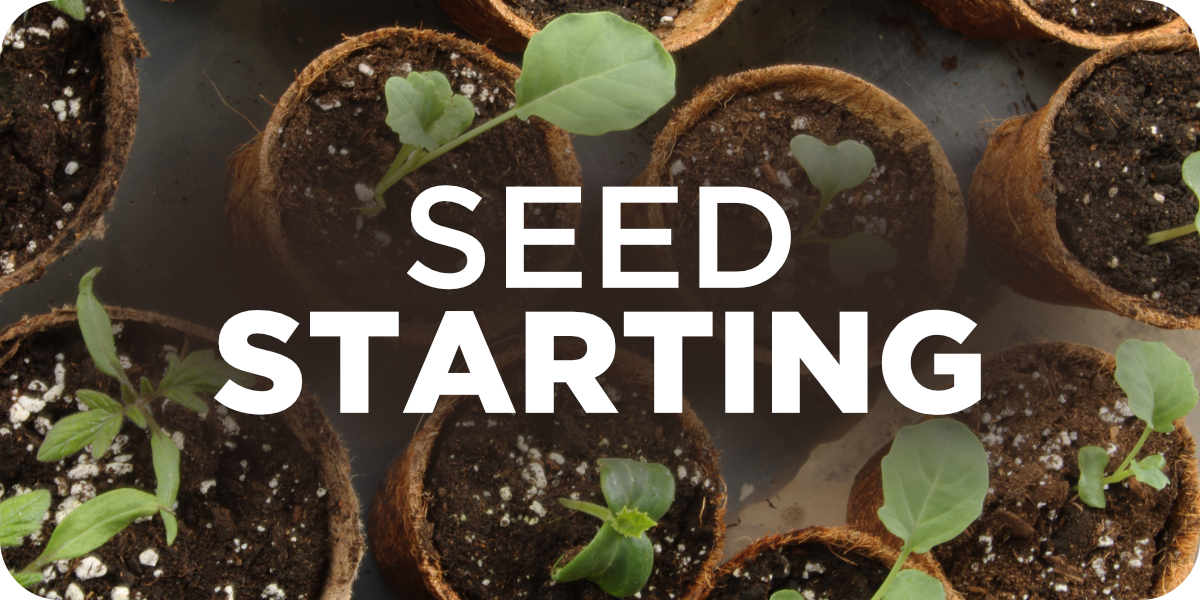
Starting seeds indoors can be a great way to get a jumpstart on your garden and maximize your growing season, especially in colder climates like Zones 5a and 5b. Here are some of the benefits of starting seeds indoors in these zones:
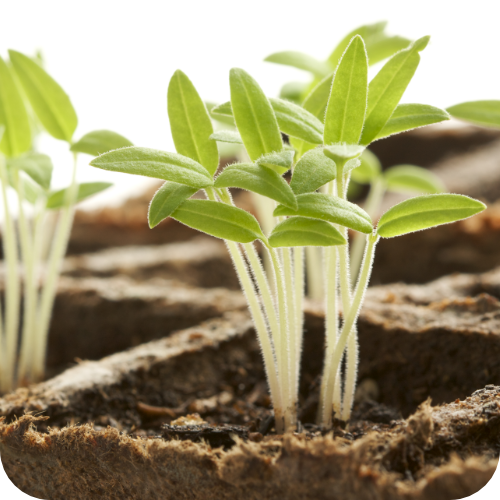
Extend your growing season
By starting seeds indoors, you can get a head start on the growing season and have plants ready to transplant into your garden as soon as the weather warms up. This can be especially helpful in colder climates where the growing season is shorter.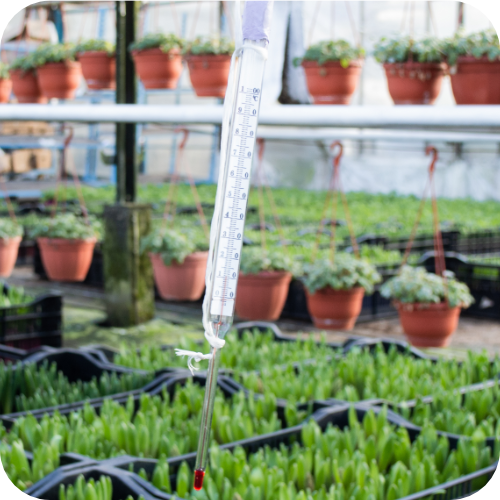
Control the growing environment
When you start seeds indoors, you have more control over the growing environment. You can create the perfect conditions for your seeds to thrive, such as controlling the temperature, humidity, and lighting. This can be especially important in areas with harsh weather conditions.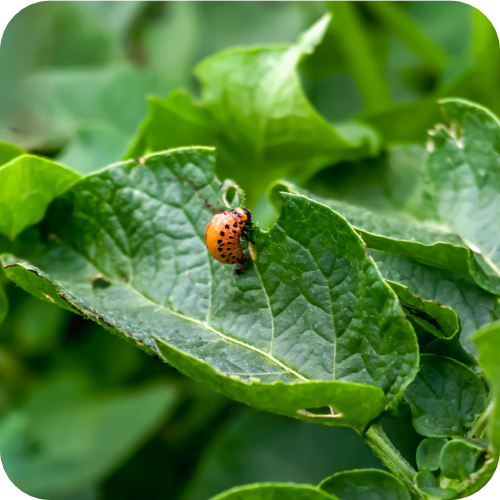
Protect against pests and diseases
Starting seeds indoors can also help protect your plants from pests and diseases that may be present in the soil outdoors. This can be especially important in areas with a high risk of certain diseases, such as fungus or bacteria.
Save money
Starting seeds indoors can also save you money in the long run. Buying plants from a nursery can be expensive, especially if you're looking to fill a large garden. By starting your own seeds, you can save money on purchasing plants and have a wider variety to choose from.
Overall, starting seeds indoors can be a great way to get a head start on your garden and maximize your growing season in Zones 5a and 5b. Just be sure to follow proper seed starting techniques and have the right equipment, such as a grow light or seed starting tray, to ensure the success of your plants.
In general, it's best to start seeds indoors for plants that have a longer growing season and may not thrive if direct sowed in the ground in Zones 5a and 5b. Some examples of plants that you may want to start indoors and transplant include:
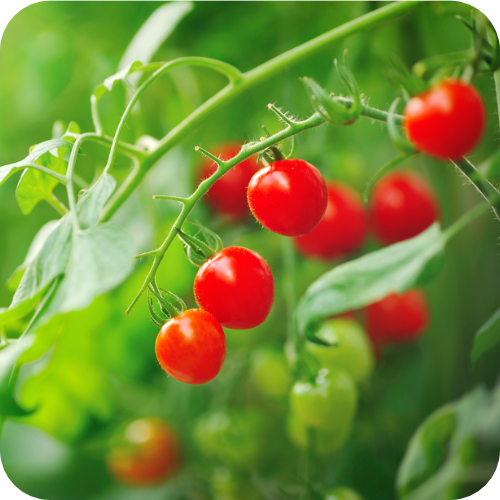
Tomatoes
Tomatoes have a long growing season and may not have enough time to mature if direct sowed in the ground in colder climates. Starting them indoors and transplanting them into the garden when the weather warms up can give them a better chance to thrive.
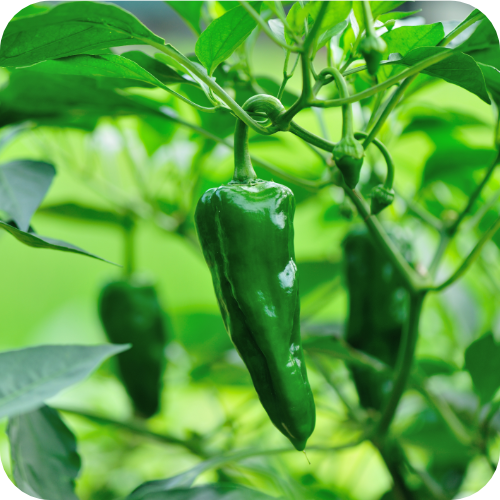
Peppers
Like tomatoes, peppers also have a long growing season and may not have enough time to mature if direct sowed in the ground in Zones 5a and 5b. Starting them indoors and transplanting them into the garden can help them reach their full potential.
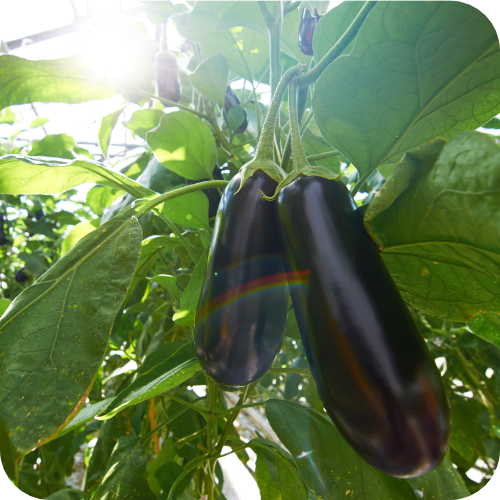
Eggplants
Eggplants also have a long growing season and may not do well if direct sowed in the ground in colder climates. Starting them indoors and transplanting them into the garden can give them the best chance to thrive.
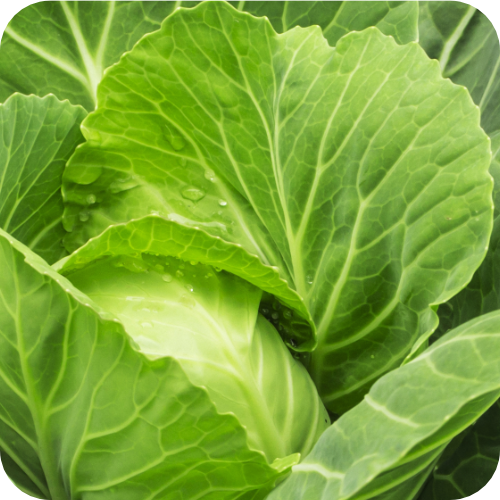
Cabbage
Cabbage can be a bit finicky to grow and may not do well if direct sowed in the ground in colder climates. Starting them indoors and transplanting them into the garden can give them the best chance to succeed.
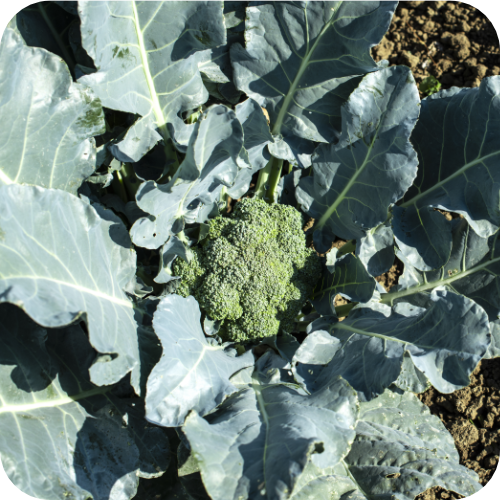
Broccoli
Broccoli can be a bit finicky to grow and may not do well if direct sowed in the ground in colder climates. Starting them indoors and transplanting them into the garden can give them the best chance to thrive.